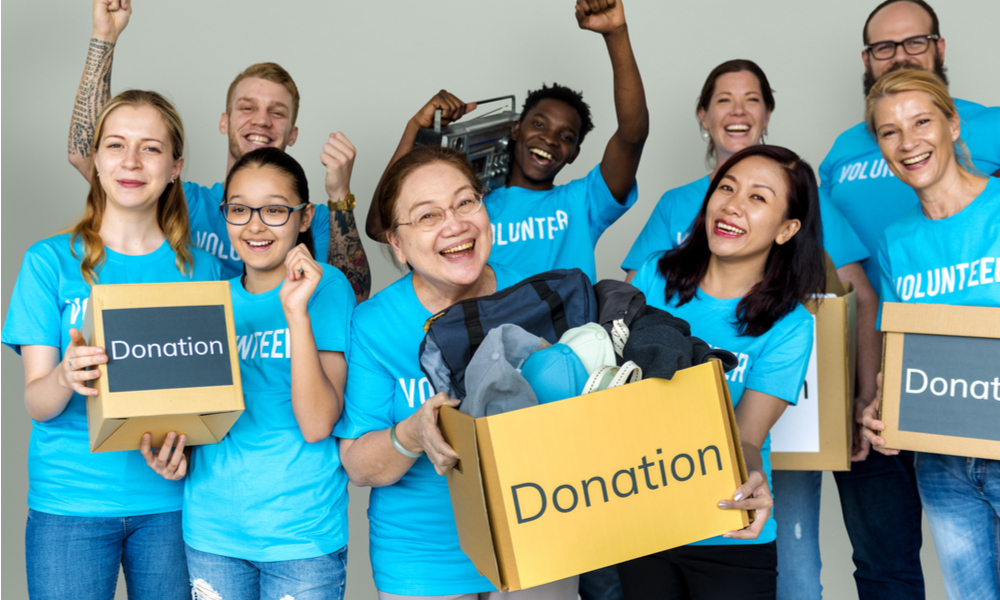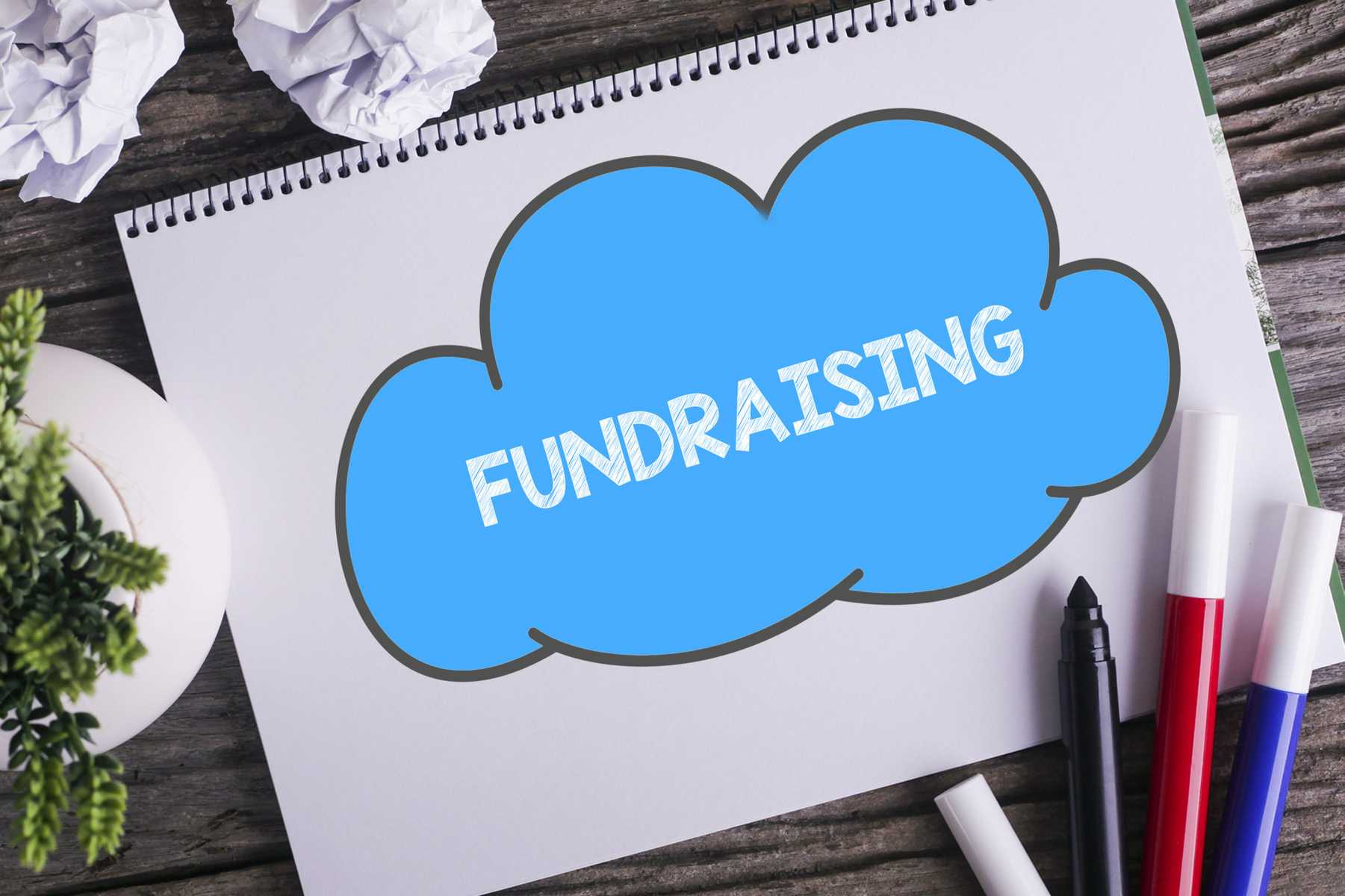The Role of Neighborhood Interaction in Nonprofit Fundraising: Building Lasting Relationships for Lasting Support
Area involvement is significantly identified as an essential component of successful nonprofit fundraising. By promoting real relationships with local stakeholders, companies can grow count on and commitment, which are crucial for lasting assistance. Nonetheless, the techniques and methods utilized to involve areas differ extensively, elevating crucial concerns about effectiveness and effect. What are the ideal practices for cultivating these vital links, and how can nonprofits gauge their success in this arena? Recognizing these characteristics could significantly affect the future of fundraising efforts and the general mission of not-for-profit organizations.
Understanding Community Interaction
Community involvement is a vital component of effective not-for-profit fundraising efforts. Nonprofits have to determine essential stakeholders-- such as area participants, regional services, and various other companies-- to create effective engagement techniques.
Reliable area engagement is asserted on active listening and responsiveness to the needs and passions of the area. This process entails getting comments, recognizing community characteristics, and making certain that the organization's objective lines up with regional top priorities. Engaging the community can take numerous types, including public meetings, volunteer opportunities, and partnership initiatives, each developed to urge involvement and financial investment in the company's objectives.
Additionally, neighborhood involvement need to be approached as an ongoing discussion as opposed to a single effort. By promoting a comprehensive setting where neighborhood voices are listened to and valued, nonprofits can develop a solid structure for future fundraising endeavors. Eventually, a deep understanding of area engagement empowers organizations to develop genuine links that improve their total effectiveness and sustainability.
Benefits of Solid Relationships
Strong partnerships developed via area interaction return countless advantages for nonprofit fundraising initiatives. First and leading, these relationships foster depend on and credibility, important parts in motivating contributors to add. When potential supporters see a nonprofit actively included in their neighborhood, they are most likely to count on its goal and influence.

In addition, these partnerships promote reliable communication. Nonprofits can utilize their links to share stories of effect, updates, and requires, making certain that supporters stay informed and involved. This open line of communication not just strengthens bonds but also urges word-of-mouth promo, increasing the not-for-profit's reach.
Last but not least, strong community ties can bring in brand-new partners and sponsors. Individuals and businesses are extra inclined to line up with organizations that show meaningful area involvement, offering extra sources and assistance that can considerably improve fundraising capabilities. Therefore, cultivating robust partnerships via community interaction is indispensable to a nonprofit's long-term fundraising success.
Strategies for Efficient Engagement
Exactly how can nonprofits successfully engage their neighborhoods to improve fundraising initiatives? Routine updates, engaging content, and calls-to-action can galvanize neighborhood interest and participation.
Second, holding community occasions, such as workshops, volunteer possibilities, or fundraising drives, helps with in person interaction, permitting nonprofits to display their influence and initiatives. These occasions not just raise funds but likewise grow relationships and permit area participants to engage directly with the reason.
Third, executing personalized interaction approaches can improve engagement. Customizing messages to certain benefactor sectors based upon interests and previous payments fosters a sense of belonging and investment in the organization's objective.
Lastly, developing partnerships with regional services and area leaders can magnify outreach efforts. Collaborative initiatives can boost visibility and reputation, showing a cumulative dedication to the community's well-being. By integrating these strategies, nonprofits can construct lasting relationships that improve fundraising initiatives and drive lasting assistance.
Determining Involvement Success
While involving the area is important for effective not-for-profit fundraising, measuring the efficiency of these interaction efforts is equally vital. Developing clear metrics enables companies click this link to analyze how well they are getting in touch with their target market and achieving their fundraising objectives. Trick efficiency signs (KPIs) such as contributor retention rates, volunteer engagement degrees, and involvement on social media platforms provide tangible data for examination.

Frequently examining these metrics makes it possible for companies to pivot their approaches when necessary, guaranteeing that neighborhood involvement continues to be straightened with their overall goal. Additionally, sharing these outcomes with stakeholders promotes transparency and constructs trust, urging additional community participation. Inevitably, a robust measurement structure not just educates future fundraising campaigns but dig this likewise reinforces the connection in between the nonprofit and its fans, preparing for sustainable success.
Situation Studies in Community Influence
Various study show the extensive impact that community engagement can carry nonprofit fundraising success. One significant instance is the "Food for Idea" effort, where a neighborhood food financial institution partnered with services and institutions to host community suppers. These occasions not only increased funds however likewise fostered a feeling of belonging among participants, significantly enhancing contributor retention rates.
One more engaging instance is the "Green Spaces Task," which involved regional residents in the revitalization of metropolitan parks. This effort not just amassed financial support from local organizations but likewise cultivated a volunteer base that added to recurring maintenance and programming. The sense of ownership and satisfaction amongst community members translated into continual contributions.
In the world of arts, the "Art for All" campaign effectively engaged neighborhood artists and clients to produce collaborative art installments, leading to enhanced exposure and contributions for a regional arts nonprofit.
These examples highlight that when nonprofits prioritize area involvement, they can develop long-term relationships that improve fundraising initiatives, guaranteeing sustainable support and cultivating a vivid neighborhood society. Such cases show that area involvement is not just a method however a crucial pillar of nonprofit success.
Conclusion
In final thought, area interaction is essential to the success of not-for-profit fundraising initiatives. Ultimately, a durable structure of neighborhood support not only magnifies fundraising potential however also cultivates a society of collaboration, necessary for achieving long-term organizational objectives and sustaining try this out meaningful influence. fundraising consultant.
Nonprofits must identify key stakeholders-- such as neighborhood members, regional businesses, and various other organizations-- to develop effective involvement techniques.

In final thought, area interaction is important to the success of not-for-profit fundraising efforts.